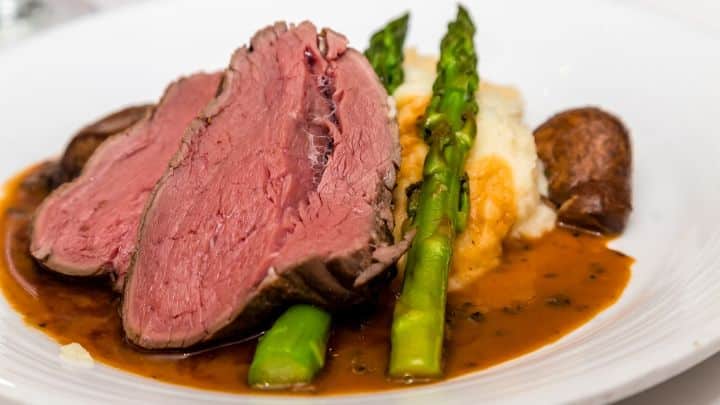
During a cow’s lifetime, the ribs will see very little movement when compared to shank or eye of round. This means that prime rib roast is naturally marbled with delicious fat and, when cooked, will stay juicy and tender. All you really need to cook a delicious rib roast is some salt and pepper and maybe some aromatics if you’re feeling fancy. When cooking rib roast, how you cook it matters most—ideally, low and slow. To help you create a mouthwatering rib roast, here are a few slow-cooking tips you need to know.
Again, rib roast really doesn’t need any seasoning, but if you want to add some salt and pepper, do so the day before. Sprinkle your desired amount of salt and pepper on the top and bottom, and let it sit on a rack uncovered in your fridge overnight. Seasoning the day before cooking does two things—first, it lets the salt penetrate deep into the muscle, adding more flavor. This method also slightly dries out the very surface, so when you sear your roast, it comes out nice and brown much faster.
Some recipes may call for you to sear your meat and then roast it, but we’re going to use the reverse sear method. Put your rack over a roasting pan and preheat the oven to 200 degrees Fahrenheit in the center rack of the oven. Depending on how well done you want your rib roast, you’re going to leave it in the oven for about 3 to four hours. If you want it rare or medium rare, your meat thermometer should read 125 to 128 degrees Fahrenheit. If you want your roast medium rare, it should read 130 to 135 degrees Fahrenheit.
Once your roast has reached your desired internal temperature, it’s time to let it rest for a bit. Removing the roast from the oven, let it sit in a foil tent for 20 to 30 minutes at room temperature. As it’s resting, turn the oven temperature up to 500 degrees Fahrenheit to prepare for the next step. Letting it rest is optional, but it does help the meat retain even more of its moisture.
Once your roast has finished resting and your oven has reached 500 degrees, remove the tin foil and place it back in the center rack of the oven. During this part of the reverse sear, you want to keep a close eye on your rib roast, as the browning process should only take about 10 to 15 minutes. Once the outside is brown and crisp, transfer your roast to a cutting board and let it rest again for 10 minutes so all the juices don’t run out when you carve it.
These slow-cooking tips for rib roast are guaranteed to give you a mouthwatering meal every time—but all good roasts start with high-quality meat. At Vincent’s Meat Market, we have USDA prime rib for sale, dry-aged, bone-in, and ready to ship right to your door.

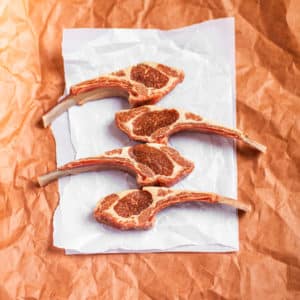
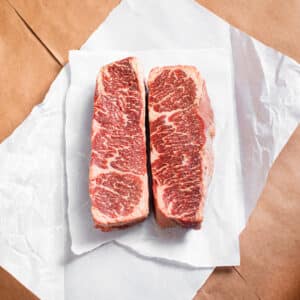
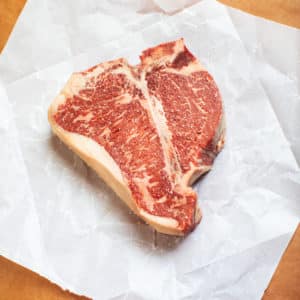
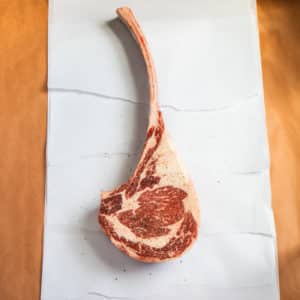
Fast Support! Text us:
